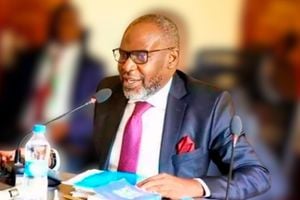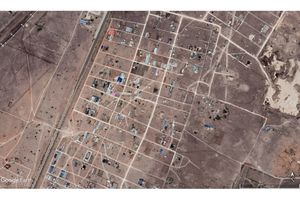Amboseli in a life-and-death fight

File | NATION
A herd of elephants graze at the Amboseli National Park.
Amboseli National Park is fighting for survival.
The second biggest earner in the country and a financial lifeline for the new Kajaido County, the park is facing the competing interests of the animals, big money, human settlements and an endless appetite for wealth creation.
The park has become the battleground for the control of the income from tourism, just as Narok County Council – the richest in the country – gains its wealth from the Maasai Mara Game Reserve.
But the laws that govern two two of Kenya’s greatest assets are very different. National parks like Amboseli are owned by the State and run by Kenya Wildlife Service while game reserves like Maasai Mara are owned by the local authorities.
“Amboseli will not die, I can assure the country and the world that the park will live on for generations to come as we are proactive with new ideas,” said Julius Kipng’etich, director of KWS.
Tourists flock to the park bringing in cash that goes to KWS — provoking a likely clash with the coming Kajiado county government.
Previous attempts to transfer Amboseli to the county council failed but fears for the park’s future are real, with a dwindling animal population and the eco-system being destroyed by the sub-division of ranches surrounding it.
Firstly, Amboseli is the only park where livestock and wildlife share water points. During the last big drought, two years ago, local people lost at least 60 per cent of their herds; a fall that corresponded with a loss of wildlife.
“For instance, the wildebeest population before the drought was 27,000 and last year’s count showed only 3,000,” said Lekishon Kenana, the KWS senior research scientist on the southern conservation circuit.
Amboseli brought in Sh750 million this year second only to Nakuru’s Sh900 million. Amboseli contributes 20 per cent of KWS’s annual income of Sh3.7 billion. The other two highest earners are Tsavo East and Tsavo West.
This income will further strain the relationship between the new county government and KWS. “We have every answer and solution to these conflicts at the centre of Amboseli,” said Mr Kipng’etich.
To start with, he explained, the Constitution has secured the national parks’ land as the property of the nation, to be run by KWS.
“To change this status, only Parliament — and not a body or individual — can change the law, and I do not envisage any lawmaker either today or in future wanting to deny the country its national heritage,” he said.
Game reserves can be run by the county governments and this is the direction KWS is encouraging new county governments to go.
For instance, the Masai Mara Game Reserve in Narok County is run by the county council and will switch to the new Narok County next year. Its income is estimated at Sh1.8 billion a year.
Mr Kipng’etich said counties including Kajiado were being encouraged to move swiftly and legislate for the transfer of vast trust lands they own to game reserves.
They will convert them into wildlife sanctuaries that would produce income that will help the new governments. He thinks Kajiado County can create many new Amboselis instead of trying to take over the existing one.
The six ranches — Olkululoi, Kimana, Mbirikani, Kuku, Rombo and Selengei — could go into conservancy as well as agriculture.
KWS wants the ranch owners to call in investors who will jointly run them.
Wildlife is cheaper to maintain than livestock, which is dependent on the weather and is disease-prone.
KWS also runs community group services which encourage local community to maintain the eco-system in return for water points that are in the park for their animals during dry season.
In addition the Corporate Social Responsibility programme maintained by KWS gives the local community Sh12 million a year for bursaries.
In addition, the wildlife service has mapped out corridors to enable livestock to access water during droughts.




